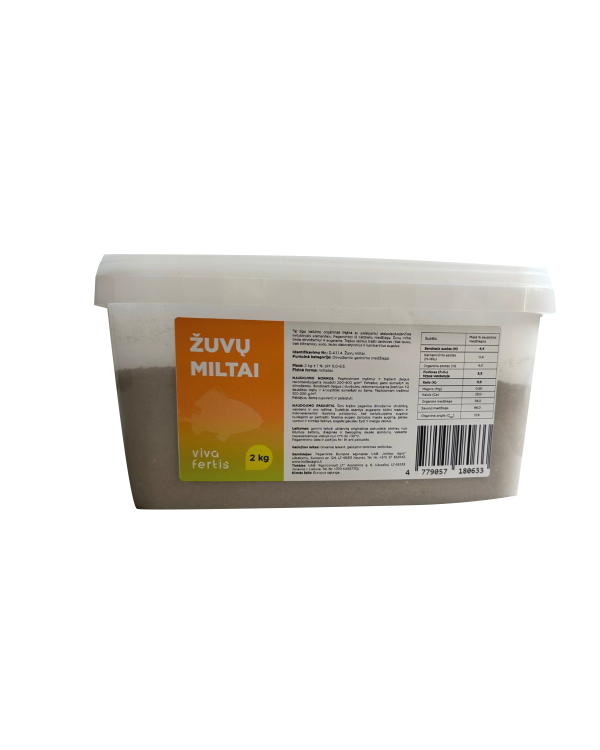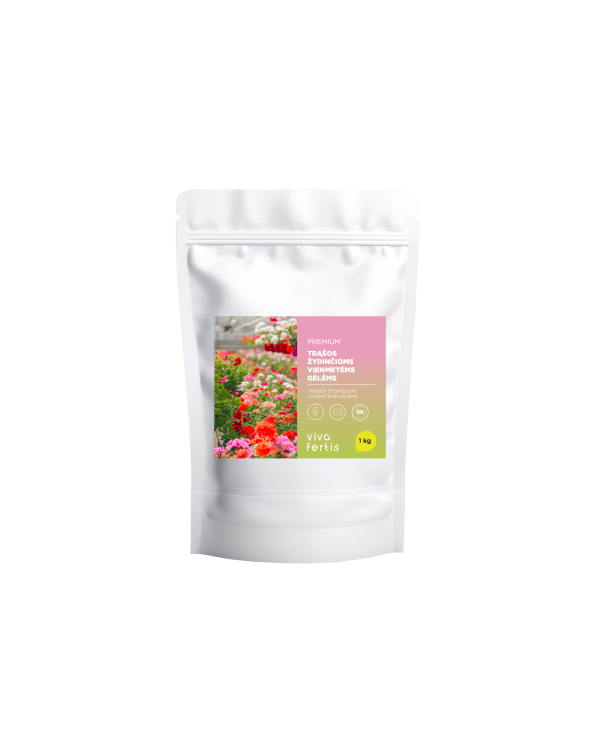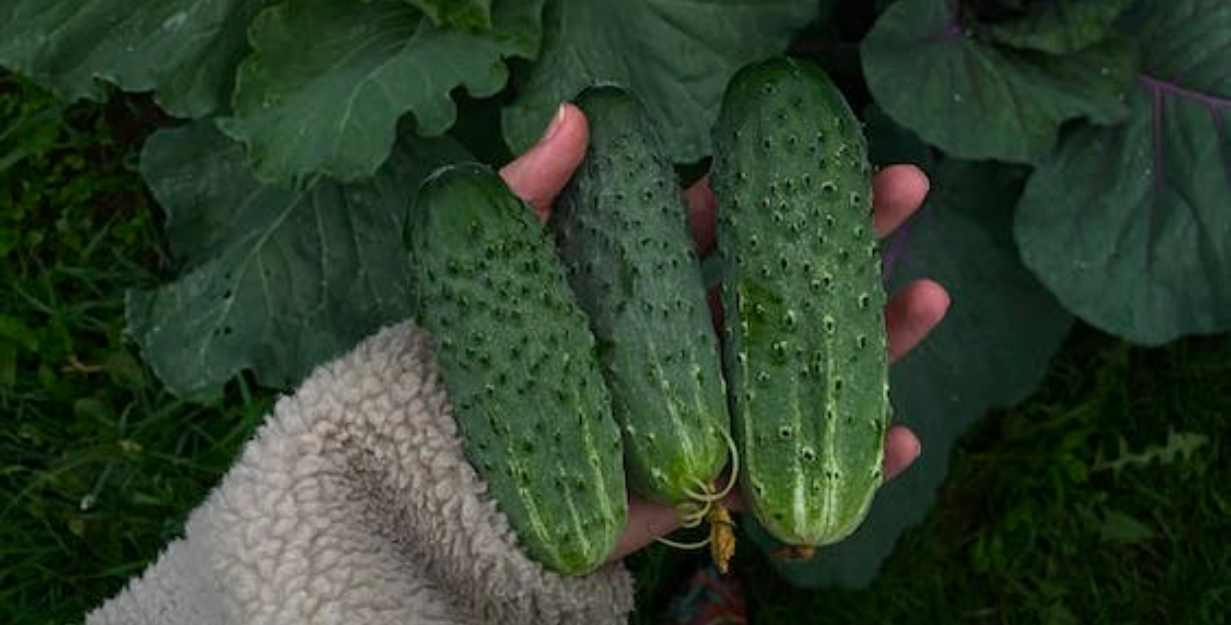Transplanting is a skill that many gardeners don’t know, but need to have in order to maintain their indoor plants. This blog post will teach you how to transplant, whether you are growing flowers or houseplants!
Transplanting Tips
When transplanting flowers and houseplants, it is important to take extra care of the roots. Here are some tips to help you transplant your plants successfully:
– Choose a cool, cloudy day for transplanting. Avoid hot days, as this can stress the plant and damage the roots.
– Water the plant well before transplanting. This will help to reduce stress on the plant during the transplant process.
– When digging up the plant, be careful not to damage the roots. Gently loosen the soil around the plant before lifting it out of the ground.
– Place the plant in its new location and backfill with soil. Firmly press down on the soil around the plant to secure it in place.
– Water the transplanted plant well and continue to water regularly until it becomes established in its new location.
Transplanting Timing
Transplanting is best done in the spring or fall when the plant is actively growing. Spring is the best time to transplant annuals, perennials, and vegetables. Fall is the best time to transplant trees and shrubs. The plant will have an easier time adjusting to its new home if it is transplanted during its active growth period.
Transplanting Flower Potting Mix
When you’re transplanting flowers and houseplants, it’s important to use a good potting mix. This will help your plants get the nutrients they need and will also hold moisture well.
There are a few things to look for when choosing a potting mix:
-It should be light and airy, so that roots can easily penetrate it.
-It should be well-draining, so that excess water can quickly drain away.
-It should contain some organic matter, such as compost or peat moss, to help retain moisture.
Once you’ve chosen a potting mix, you’ll need to moisten it before using it. You can do this by watering it thoroughly or soaking it in a bucket of water for a few hours. Be sure to squeeze out any excess water before using it; you don’t want your plants’ roots to sit in soggy soil.
Transplanting Plants Outdoors
When the weather outside is warm and inviting, it can be tempting to want to move all of your plants outdoors. However, before you do so, it’s important to know a few things about transplanting plants outdoors.
First, make sure that the plant you want to transplant is appropriate for the outdoors. If the plant has been living indoors, it may not be able to survive in direct sunlight or in colder temperatures.
Second, prepare the planting area before you transplant the plant. The area should be free of weeds and any other debris. You’ll also want to loosen the soil so that the roots can easily spread out.
Third, when you’re ready to transplant the plant, be sure to dig a hole that is twice as wide as the root ball of the plant. This will give the roots plenty of room to grow. Gently place the plant in the hole and fill in with soil. Water well.
fourth, after transplanting, it’s important to monitor your plant closely. Make sure it’s getting enough water and sunlight. If you see any signs of stress (yellow leaves, wilting), take action immediately to correct the problem. With a little care, your transplanted plant will thrive in its new home!
Conclusion
Transplanting flowers and houseplants is a great way to add new life to your garden or home. With a little care and attention, you can successfully transplant almost any plant. We hope this guide has been helpful in getting you started. If you have any questions or need more information, please feel free to contact us.
our top products
#vivafertis
in our blog
in our blog















